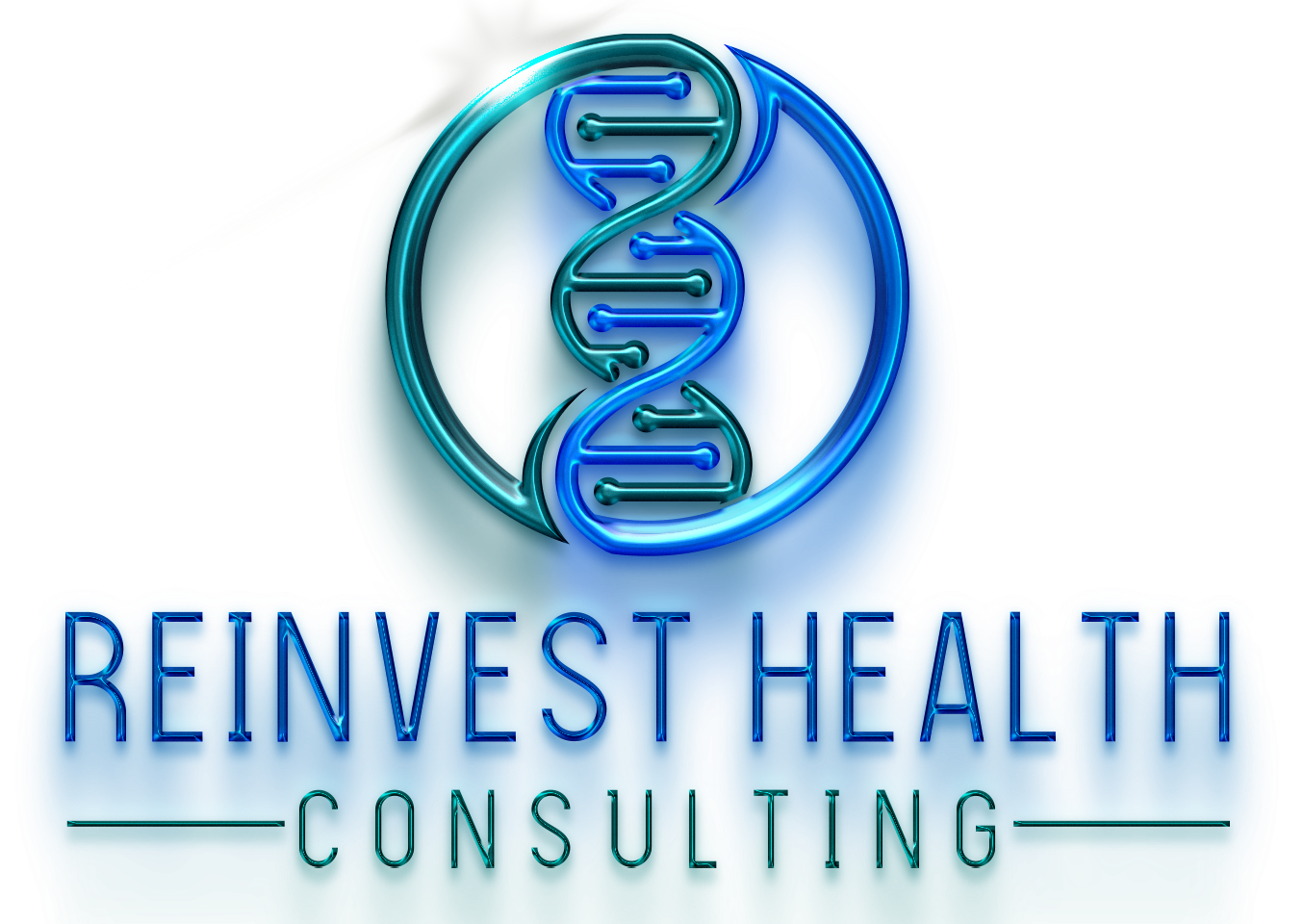 Thriving, successful organizations are nimble, able to pivot, and ultimately demonstrate growth. Growth may be organic in nature (e.g.., increased volume, market share capture, increased revenue per service) or more deliberate in nature (e.g., negotiating higher reimbursement from payors, introducing a new business line, expanding into a new geography). Regardless of the growth vehicle, having an appreciation of the drivers of growth from an external (e.g., competitive landscape, demand for services, reimbursement rates) and an internal (e.g., capacity, operational efficiency, productivity benchmarks) is imperative to capturing market share and meeting the expectations of the new customer base. Partnering with Reinvest Health brings a quantitative approach to determining options for capturing growth and identifying operational requirements to ensure you capitalize on those opportunities.
Thriving, successful organizations are nimble, able to pivot, and ultimately demonstrate growth. Growth may be organic in nature (e.g.., increased volume, market share capture, increased revenue per service) or more deliberate in nature (e.g., negotiating higher reimbursement from payors, introducing a new business line, expanding into a new geography). Regardless of the growth vehicle, having an appreciation of the drivers of growth from an external (e.g., competitive landscape, demand for services, reimbursement rates) and an internal (e.g., capacity, operational efficiency, productivity benchmarks) is imperative to capturing market share and meeting the expectations of the new customer base. Partnering with Reinvest Health brings a quantitative approach to determining options for capturing growth and identifying operational requirements to ensure you capitalize on those opportunities.
 Real Estate Development/Redevelopment – Real estate historically has made for a sound investment decision, often outperforming the S&P 500 from a return perspective. When considering expansion of existing services or office, launch a new ancillary service, or creating a new business entity, a decision regarding ownership, lease, or timeshare of physical space must be made. The benefits and limitations of each option must be considered based on the foundational business opportunity. Furthermore, finding a trusted partner (e.g., commercial real estate broker, real estate investment trust [REIT], developer, contractor) can be a daunting task. Leveraging a network of trusted partners has benefits to ensure the needs and requirements of the organization are well represented. Ultimately, creating a real estate strategy today that assists in meeting the goals of the future should be a focus of any organization.
Real Estate Development/Redevelopment – Real estate historically has made for a sound investment decision, often outperforming the S&P 500 from a return perspective. When considering expansion of existing services or office, launch a new ancillary service, or creating a new business entity, a decision regarding ownership, lease, or timeshare of physical space must be made. The benefits and limitations of each option must be considered based on the foundational business opportunity. Furthermore, finding a trusted partner (e.g., commercial real estate broker, real estate investment trust [REIT], developer, contractor) can be a daunting task. Leveraging a network of trusted partners has benefits to ensure the needs and requirements of the organization are well represented. Ultimately, creating a real estate strategy today that assists in meeting the goals of the future should be a focus of any organization.
 Growth often requires scale. Innovative, entrepreneurial organizations looking to scale quickly may look to growth within, seek partnership arrangements to achieve growth goals, or look to existing competitors or complimentary service providers to merge or acquire.
Growth often requires scale. Innovative, entrepreneurial organizations looking to scale quickly may look to growth within, seek partnership arrangements to achieve growth goals, or look to existing competitors or complimentary service providers to merge or acquire.
Organic Expansion and De Novo Growth – Organizations often start out alone and build from success. Once a critical mass is reached, leadership is faced with a decision tree on how to reach the next level. Looking internally, “same store” growth can only reach a certain level given factors such as physical space constraints, infrastructure requirements, and/or market supply. The next rung may require creating a new location in an adjacent geography or building a new physical space that is designed to better accommodate the expected growth.

Joint Ventures – Organizations look to partner with like-minded businesses to augment their current capabilities with complimentary services. Joint venture arrangements serve as a vehicle for such partnerships. Decisions on JV opportunities must contemplate the terms of the partnership, respective goals of each organization, the cultural norms, and exit strategies should the partnership not work out.
Mergers and Acquisition –Understanding the various options as  they relate to merging or acquiring existing business versus building capabilities from the ground up require a careful understanding of the goals. Creating and ultimately extracting enterprise value is different from adding management capabilities or creating scale to improve payor contracting rates. Following a structured process and decision-making construct aids leadership teams in determining the best course of action when adding to existing services.
they relate to merging or acquiring existing business versus building capabilities from the ground up require a careful understanding of the goals. Creating and ultimately extracting enterprise value is different from adding management capabilities or creating scale to improve payor contracting rates. Following a structured process and decision-making construct aids leadership teams in determining the best course of action when adding to existing services.
Reinvest teammates have worked in hospitals, health systems, ancillary providers and medical practices faced with opportunities and challenges to growing capabilities. We apply lessons learned, best practices and cautionary tales to aid in making an informed decision that benefits our clients.
Interim / Project Management – We are available to assist with implementation efforts, either in interim management positions to fill vacancies or augment your current management team.
